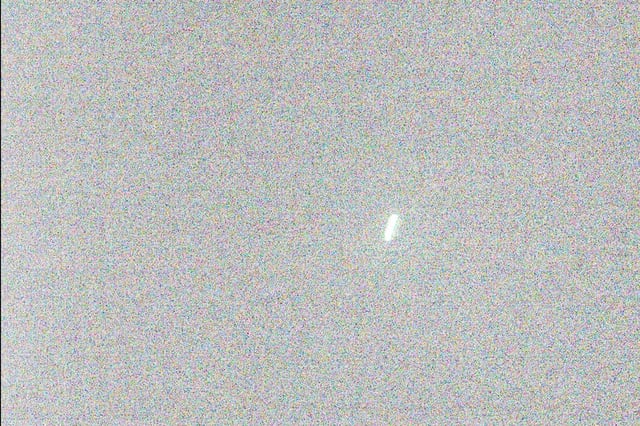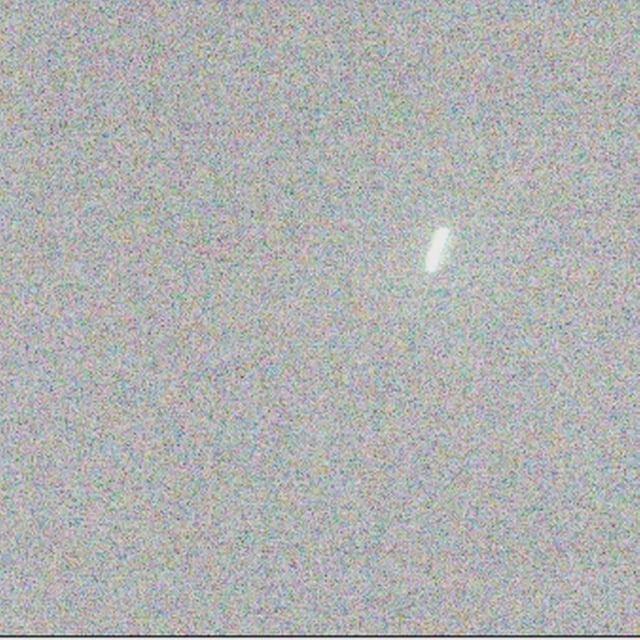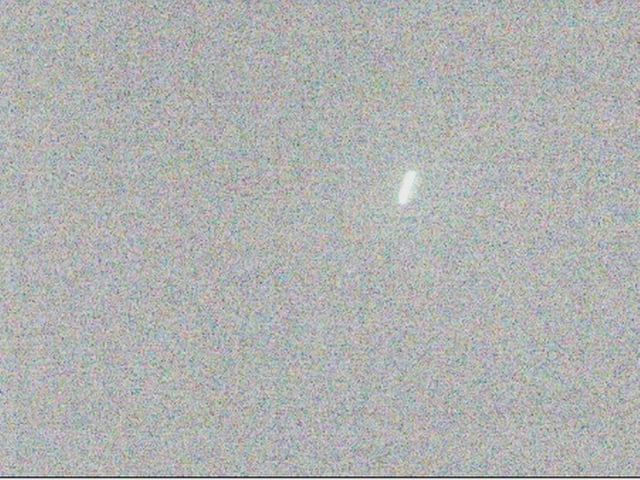Overview
- ESA reported that ExoMars TGO and Mars Express observed 3I/ATLAS around its October 3 Mars flyby, with TGO’s CaSSIS imaging a faint coma about 30 million kilometers away.
- Mars Express teams are stacking multiple short exposures and assessing spectrometer data, but initial attempts could not separate the nucleus from the coma or secure clear spectral signatures.
- Perseverance’s raw Navcam and Mastcam-Z frames show streaks and faint smudges near the predicted position, which experts attribute to motion blur, limited resolution, and stacked exposures rather than true shape.
- Amateur analyses, including stacked images by Simeon Schmauß, highlight a faint source consistent with forecasts, though any identification from the rover data remains unconfirmed.
- Higher-resolution products from NASA’s Mars Reconnaissance Orbiter are expected, with broader U.S. agency commentary and some releases slowed by the federal funding lapse while raw data stays public.



